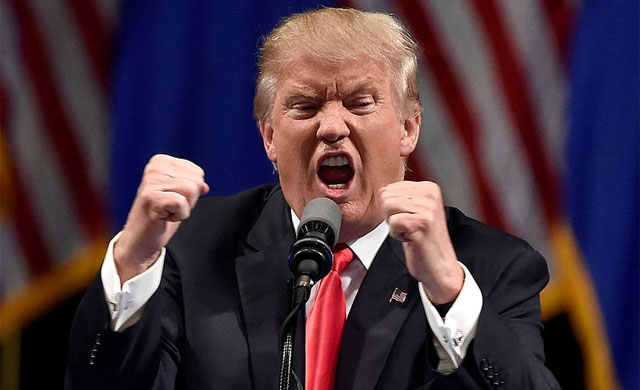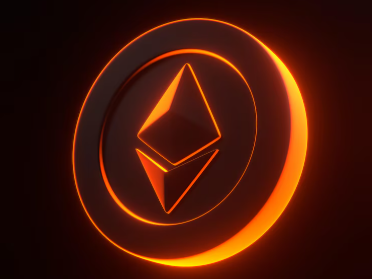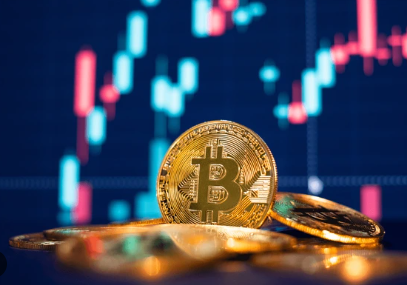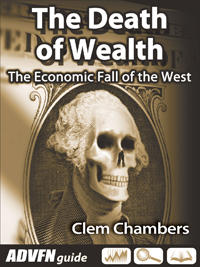By now, it seems everyone knows Donald Trump’s negotiating playbook: start with aggressive threats, then move to “productive talks” and praise continued dialogue. Yet time and time again, markets react to each new tariff headline, no matter how predictable the cycle has become, first with a full-blown risk-off and then with a risk-on.

His recent threat to impose 50% tariffs on the EU, citing stalled negotiations, was no exception. At first, markets reeled again, with the S&P 500 in the negative and most European indices. But before things could spiral out of control, Trump reversed course again. On Monday, European indexes opened in the green, overcoming recent declines.
Adding to the optimism, Trump “twitted”, “Countries from all over the World want to make TRADE DEALS with us. IT IS A BEAUTIFUL THING TO SEE. The Good Ol’ USA will soon have tremendous growth…” These are inspiring words, but none address the U.S. economy’s underlying problems, including the relentlessly skyrocketing debt.
Trade wars and plans for tax cuts that could cost the Treasury billions over the next decade have not only led to the US losing its last top-tier credit rating but also to lower interest in US debt and the last week auction of 20-year Treasury bonds is a proof: week demand caused yields to soar to 5.1%, the opposite of what Trump’s team is trying to achieve.
The issue is that much of the debt was issued with short-term maturities under Yellen’s leadership. If things continue down this path, it is unclear how the government will refinance more than $7 trillion next year. There is already talk that, if demand for Treasuries doesn’t pick up, the Fed may have to step in with another round of QE.
But here’s the catch: that kind of intervention could reignite inflation. No wonder Fed Governor Waller last week mentioned a possible rate cut only in the second half of 2025 if tariffs are reduced. The Atlanta Fed’s Raphael Bostic said it will take three to six months to see how things settle down. And yet the markets seem content to look the other way.


 Hot Features
Hot Features












